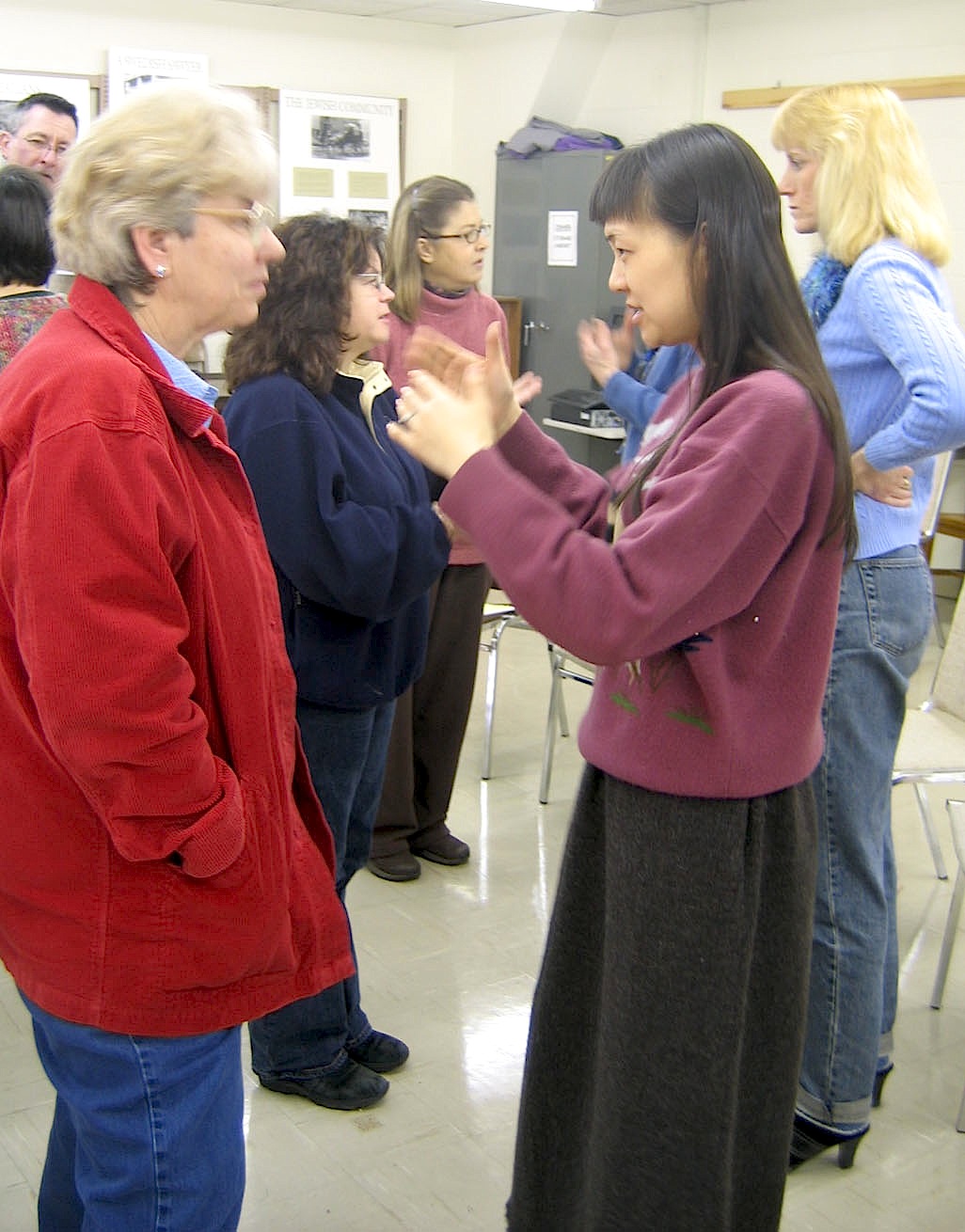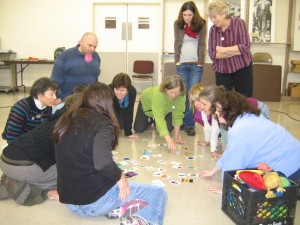
Sep 23, 2010 The Educator as Guide
“A teacher is one who makes himself progressively unnecessary” – Thomas Curruthers
Last week I was inspired by some recent discussions with educators and counselors about educational philosophy and dug into the blog archives with a post on “What is Experiential Education”. Today I am adding to this discussion by revisiting the idea of the “Educator as Guide”. Please share your thoughts on this topic!
Educator as Guide
When I work with educators from all backgrounds I often find myself encouraging them to reflect on the idea of a “student centered ” or “participant centered” approach to teaching and group facilitation. In this approach an educator/counselor/facilitator thinks of themselves as a “guide” in the process of learning, discovery and group development rather than as an all-knowing teacher and center of knowledge and direction. I have come to embrace this idea in my own work and have found it has really improved my practice as an educator.
In the learner centered approach, the educator aims to gradually shift responsibility for the success of the learning experience from him/herself to the participants/students. As learners progress, the teacher or group facilitator fades more and more into the background allowing participants to take more ownership and control over their learning.
As was mentioned in my previous post, one of the basic tenets of the experiential approach to teaching and group facilitation is allowing people to grow and learn through the process of struggling through problems together. Experiential educators maximize their effectiveness by designing ways to give learners control and responsibility for this process.
Sometimes educators have a hard time allowing learners to labor through difficult group problems. Often, when I engage students in problem solving activities in the classroom the adults in the room are itching to jump in and solve the problems or direct students in the process. When this happens, opportunities for students to gain valuable problem solving skills or take responsibility for the success of the experience can be missed.
With that said, there are times when struggling or laboring through the problem becomes too hard, or even paralyzing for learners. John Dewey referred to this as a “miseducative*” experience (1938). There is a delicate balance between students or group participants learning from struggling through a challenge or problem and being paralyzed by frustration. This balance has to be discovered and maintained with each teaching situation as it arises. This is what makes teaching and group facilitation an “art”.
In the learner centered approach educators are willing to put forward as many questions as answers and allow participants to learn from problems and conflict without jumping in too early to help or give answers. For interesting reading on this subject see Plato’s Theatetus. In this work, Plato uses the metaphor of the teacher as the “midwife” of ideas. He emphasizes that a midwife acts as a guide and is supportive. She cannot give birth for the mother-to-be; she can only help and encourage. She only intervenes with the process of labor when she is really needed or the situation becomes dangerous or too painful. When learners feel responsible for their learning, they are more empowered to take ownership for future learning, growth, and change.
Principles of Student/ Participant Centered Teaching and Group Facilitation
- Remember that the learner is a participant in learning rather than a receiver of information.
- Create opportunities for students or participants to take leadership and direction and responsibility for decision making within lessons or group experiences.
- As learners progress, you can take less of a leadership role allowing participants to take more responsibility and therefore a stronger sense of personal accomplishment for their successes.
- Effective educators initiate learning and let students/participants take it from there.
- Structure appropriate experiences and lessons, but remain flexible, acting as guide and role model.
- Learners should feel fully valued, respected, and supported.
- A sense of choice and control on the part of the learner is essential.
- In group team-building sessions and classroom discussions I have found that encouraging participants to volunteer rather than calling on them to share along with allowing students to “pass” during group discussions is imperative- especially at first. This empowers them to have control over their learning and practice sharing at their own pace. When participants are given the power to pass, or they share with partners or in small groups before sharing with the whole group(see previous posts on engagement for ideas) they learn to trust the teacher or group leader and peers before being “put on the spot”. When they are encouraged to share at their own pace those who are quiet at first often end up offering a great deal to the group once they have built that trust.
- Encourage spontaneous learning; participants may take lessons in many different directions. When possible, “go with the flow” and move with the lessons the group is creating.
- Be prepared for unexpected learning opportunities and welcome teachable moments that arise when lessons go differently than planned.
- Be willing to let go of your agenda to meet the needs of the group. I realize this might seem tough in the age of standardized testing, but within the frameworks of standards or within the goals of a program find ways to weave in opportunities for flexibility. You might find that your students or participants discover ways to reach educational goals you hadn’t thought of.
- Be aware that you might have to artfully help them navigate back to the present moment in order to meet the group needs or curricular content.
- Direct questions back to the students or group members. When questions come to you as a teacher or group facilitator try to let participants help each other.
- Try activities that do not involve you as the teacher or facilitator by dividing the group into smaller reflection groups. During processing/reflection discussions the educator or group leader doesn’t have to hear everything said in the group processing discussion for it to be effective. Sometimes learners will share more in smaller groups without a leader present.Trust the learning process!
- Carefully structure your lessons but remain flexible and allow learners to take activities and lessons somewhere different from what you had in mind. Be prepared to learn something new yourself!
*John Dewey used this term to refer to experiences that get in the way of growth or further education. For example, a lesson that is too overwhelming for a student or too frustrating and causes them to dismiss the lesson entirely.
References:
Dewey, John. (1938) Experience and Education. New York: Macmillan Publishing Co.
Stanchfield, Jennifer (2007) Tips and Tools for the Art of Experiential Group Facilitation. OKC, OK: Wood ‘N’ Barnes Publishing Co.




No Comments